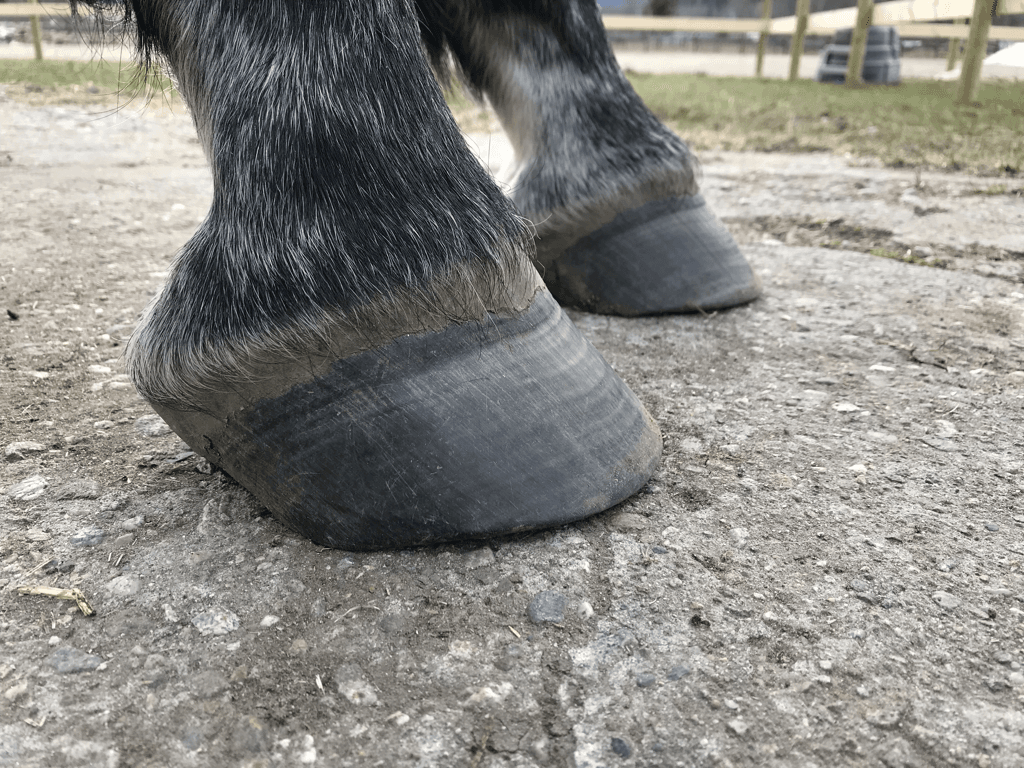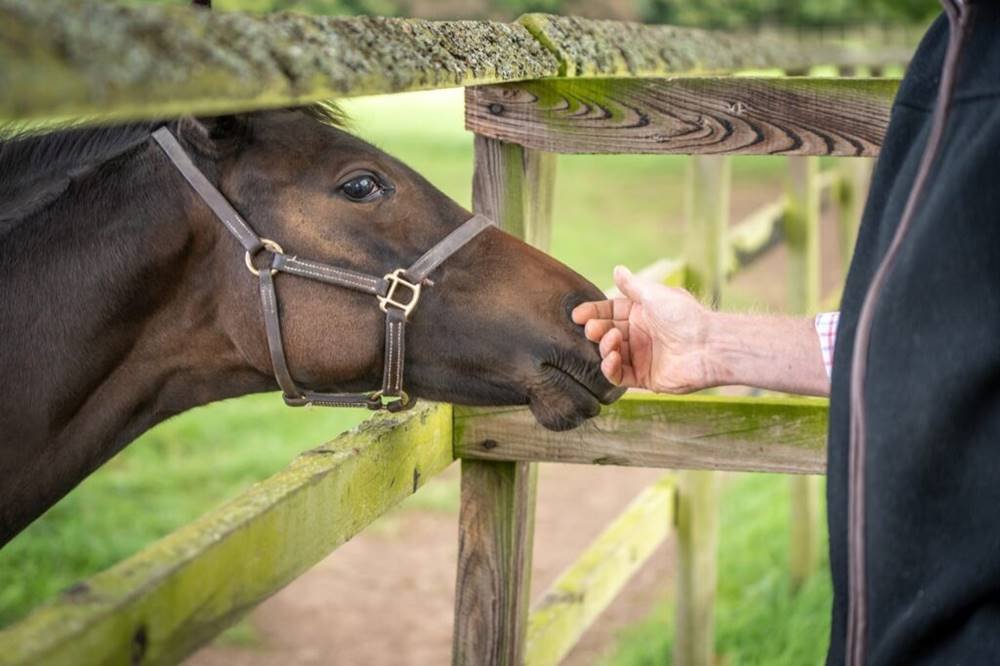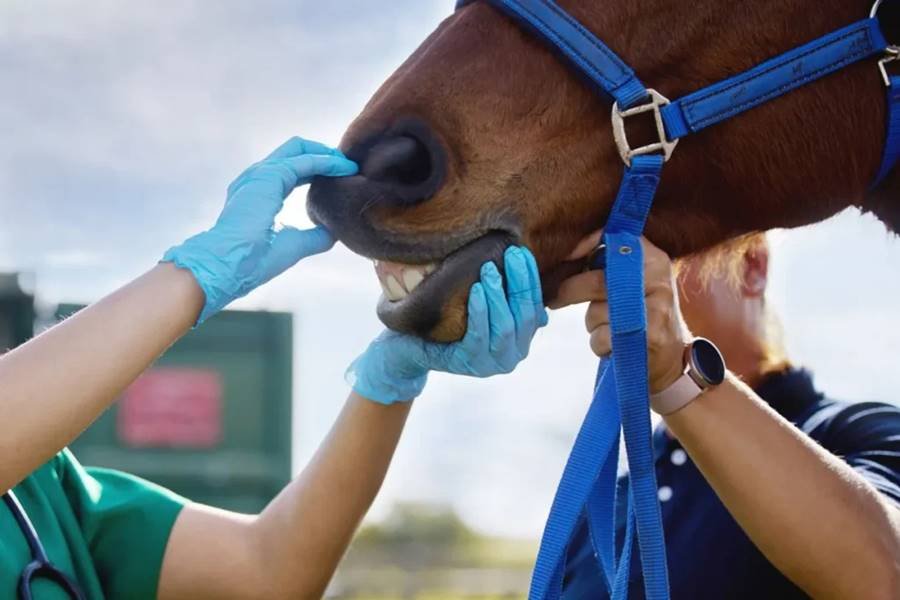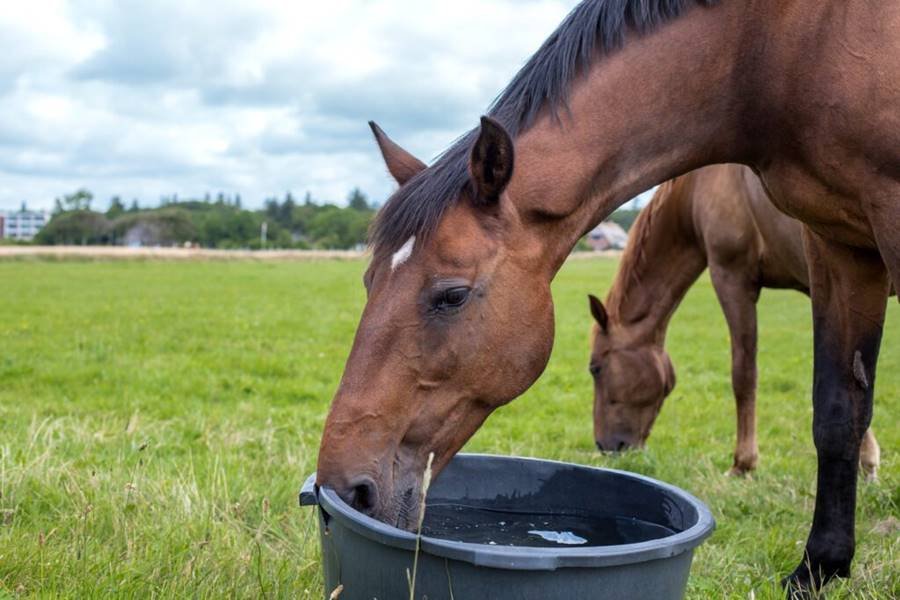The Importance of Hoof Trimming for Your Horse’s Health
Proper hoof care is crucial for the overall well-being of horses.In this guide, we will explore why hoof trimming is important, how it benefits your horse, and what you need to know to ensure your horse’s hooves are in top shape.
Understanding Hoof Structure
A horse’s hoof is a complex structure that plays a vital role in its overall health. The hoof acts like a shock absorber, providing support and cushioning for the horse’s legs. It is made up of several parts, including the wall, sole, frog, and bars. Each part has a specific function that contributes to the horse’s movement and comfort.
Why Hoof Trimming is Essential

- Preventing Overgrowth: Horses’ hooves grow continuously, much like human nails. Without regular trimming, hooves can become overgrown. Overgrown hooves can cause discomfort and lead to lameness. They can also affect the horse’s gait and performance.
- Avoiding Imbalances: Uneven or improper hoof growth can cause imbalances that affect the horse’s posture and movement. Trimming helps maintain balance and proper alignment, which is crucial for the horse’s overall health and performance.
- Preventing Diseases: Overgrown hooves can lead to a variety of problems, including infections and diseases. For instance, an excessively long hoof can cause the frog (the soft, rubbery part of the hoof) to become compromised, leading to conditions such as thrush. Regular trimming helps prevent these issues and keeps the hooves healthy.
- Improving Comfort: Properly trimmed hooves are more comfortable for the horse. Overgrown hooves can cause discomfort and pain, leading to behavioral issues or reluctance to work. Regular trimming helps ensure that the hooves are comfortable and that the horse can move freely and naturally.
The Hoof Trimming Process
Hoof trimming is a skillful process that requires knowledge and experience. It involves several steps:
- Assessing the Hoof: Before trimming, the farrier or hoof care professional will assess the hoof to determine the extent of trimming needed. This assessment includes checking for any signs of injury, infection, or abnormal growth.
- Trimming the Wall: The outer wall of the hoof is trimmed to ensure it is even and balanced. This step is crucial for maintaining proper hoof structure and preventing overgrowth.
- Shaping the Sole: The sole of the hoof is shaped to ensure it is level and properly aligned. This helps distribute weight evenly and prevents issues such as discomfort or lameness.
- Maintaining the Frog: The frog is an essential part of the hoof that helps with shock absorption and traction. It is trimmed carefully to ensure it remains healthy and functional.
- Checking for Issues: After trimming, the farrier will check the hoof for any signs of problems, such as cracks or infections. If any issues are found, they will be addressed promptly to prevent further complications.
Finding a Qualified Farrier
Choosing a qualified farrier is essential for proper hoof care. A good farrier has the knowledge and experience to trim hooves correctly and address any issues that may arise. When selecting a farrier, consider their qualifications, experience, and references. It is also important to ensure that they have a good rapport with both you and your horse, as a positive relationship can make the trimming process smoother and more effective.
How Often Should You Trim Your Horse’s Hooves?
The frequency of hoof trimming can vary depending on several factors, including the horse’s age, activity level, and hoof growth rate. In general, horses should have their hooves trimmed every 6 to 8 weeks. However, some horses may need more frequent trimming, while others may need less. Regular check-ups with a farrier will help determine the ideal trimming schedule for your horse.




